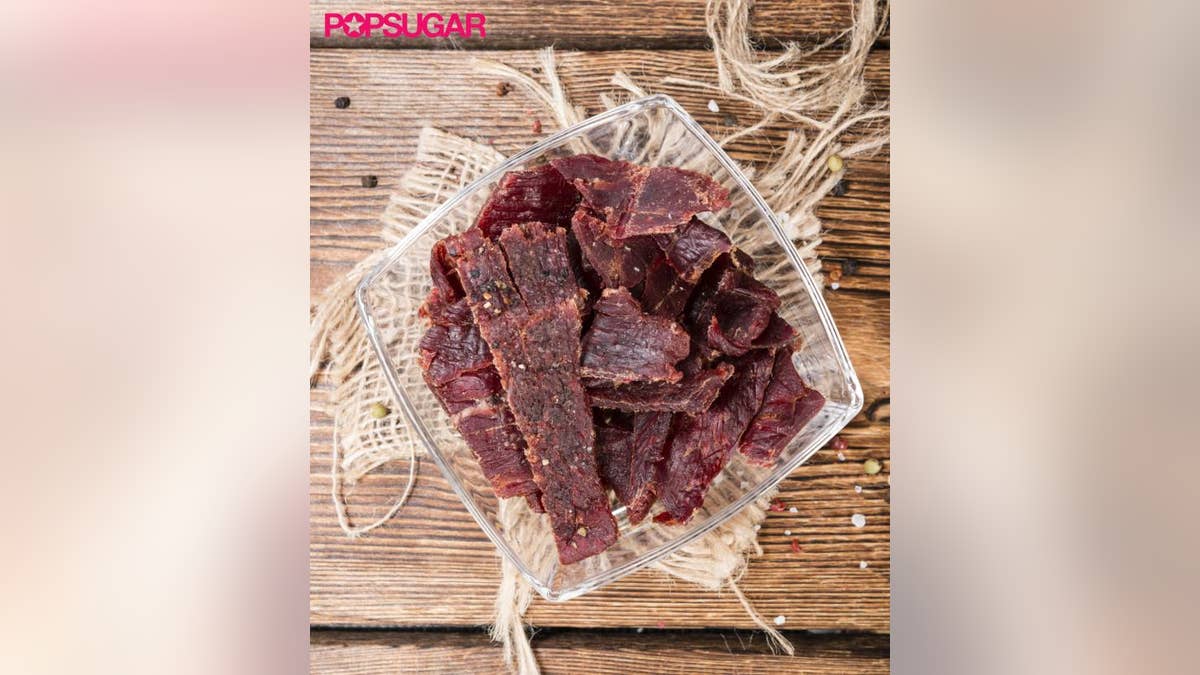
One of the best ways to see weight-loss success? Loading up your plate with protein. In fact, many trainers and nutritionists recommend at least 20 grams of protein at breakfast, which should be within 30 minutes of waking for the best weight-loss success.
But not all protein is created equal; when searching for the best way to fuel up, you should always opt for the lean protein options. But what exactly qualifies as a lean protein?
According to the USDA, lean meats contain less than 10 grams of fat and 4.5 grams of saturated fat, as well as less than 95 milligrams of cholesterol, per 3.5-ounce serving. In general, beef cuts like roasts, top loin, top sirloin, and shoulder are the leanest cuts of beef, while cuts like pork loin, tenderloin, center loin, and ham are the leanest cuts of pork. When it comes to choosing poultry, opt for skinless breast meat or turkey cutlets for less-fatty options like thigh meat. (For more on how to choose a lean cut of meat, read this list on the leanest cuts of red meat like bison, lamb and veal.)
Many types of seafood are also considered lean even though their fat content may be high. That's because seafood is a great source of unsaturated fats: the "healthy fats" that help keep your heart and brain healthy and fight belly fat as well. When choosing seafood, look for sustainable choices that are high in omega-3 fatty acids, like salmon, trout or herring.
Lean protein isn't just about choosing the right cut of meat, however. There are plenty of vegetarian sources that make a prime protein source, like beans, quinoa, tofu and unsalted nuts. In fact, switching out your meat routine just once a week may help you get healthier by reducing your risk of diseases like cancer. So don't always equate protein with meat; there are many other foods that are sky-high in protein. Use this list of high-protein meats, dairy products, and plant-based foods to help you decide which protein is right for you; be sure to pay attention to the fat content as well.
